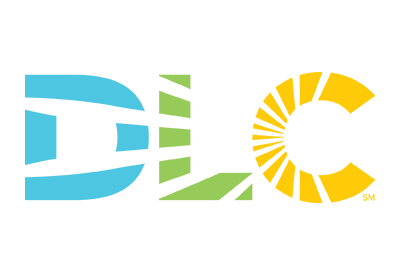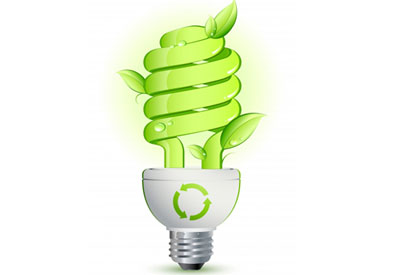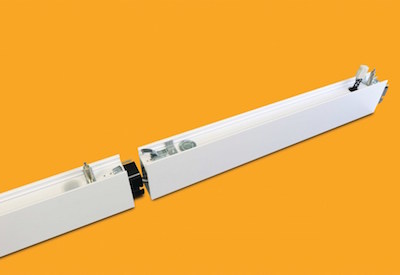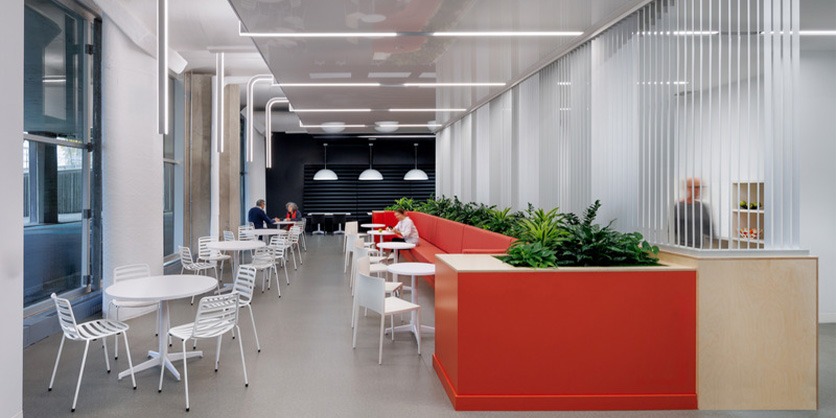DLC — Helping You Navigate the Sea of Specifications
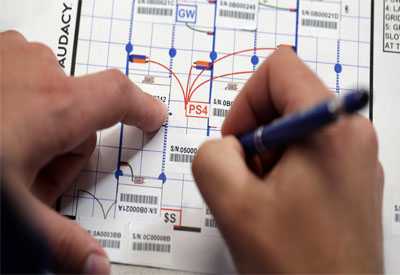
September 21, 2107
By Erin Hawley
You will often hear manufacturers tout that their LED fixtures or lighting controls are “now DLC qualified!”, so what does it really mean to be DLC qualified, and — as an electrical contractor, lighting specifier or designer — why should you care? Used by many utilities to determine which products are eligible for energy rebates, the DLC Qualified Products List is also a useful reference tool for comparing and selecting fixtures and control systems for your lighting project.
The DesignLights Consortium (DLC) is a non-profit organization “dedicated to accelerating the widespread adoption of high-performing commercial lighting solutions” by establishing product quality specifications, facilitating thought leadership, and providing information, education, tools and technical expertise. Originally a project of NEEP (Northeast Energy Efficiency Partnerships), in 2017 DLC became an independent organization. Its membership is made up of government and utility run energy efficiency programs across North America, including several in Canada.
DLC maintains two qualified products lists (QPL) — the Solid-State Lighting (SSL) QLP, and the Networked Lighting Controls (NLC) QLP — voluntary certification initiatives that have become the go-to databases for many rebate programs in determining eligible products, since inclusion on the QPL ensures that a fixture or control system meets minimum performance and efficiency standards. The QLP is also a simple-to-use tool that architects, designers and specifiers can use to get information on, and evaluate what products meet the criteria set out for their own projects. To illustrate, the Networked Lighting Controls QLP offers an overview of each system, plus a detailed comparison chart of product capabilities. Therefore, if you are looking for a system that includes daylight harvesting, as well as integration with BACnet, you can quickly filter the chart to find what you need.
Focusing on networked lighting controls, how does a system qualify for the QLP? In 2017, Ideal Industries received QLP status for their Audacy advanced wireless controls system. The first step in the process was submitting a comprehensive application to prove that Ideal’s system met the minimum technical specifications. These specifications are broken down into “required” and “reported” capabilities. There are seven required capabilities:
- networking of luminaires and devices
- occupancy sensing
- daylight harvesting / photocell control
- high-end trim
- zoning
- luminaire and device addressability
- continuous dimming
Systems that do not meet ALL of these requirements are excluded from the QLP. Reported capabilities, such as scheduling or external systems integration, are included for reference to help designers and specifiers select appropriate solutions.
The NLC QPL requirements are updated each year, and every manufacturer has to requalify and relist their systems following the annual revisions. These revisions come about through discussions held at the annual DLC Lighting Controls Summit and two rounds of industry stakeholder feedback, helping ensure that products and systems are continually keeping up with efficiency and performance standards as technology and user demands evolve.
In addition to meeting the required technical capabilities, Ideal had to demonstrate that the Audacy system had at least one successful field installation (verified through a case study and/or a customer reference), offered a 5-year warranty on all components, and was commercially advertised and available. Once the application had been submitted, DLC began a formal review process, which included a webinar where Ideal provided a full overview of the Audacy system, and a detailed application assessment.
As a result of this process, DLC has done the legwork of verifying systems, making it easy for you, as an electrical contractor, lighting designer or specifier, to simply reference the QLP as the starting point in your search for lighting controls for a project. Rather than having to navigate a sea of disconnected product information on your own, you are assured that products on the list have undergone an intensive review to confirm that they meet up-to-date standards.
Networked lighting controls offer a great opportunity not only for energy savings, but also for implementing human-centric design aspects that enhance the environment and experience of the end user. However, controls are still underused, perhaps because they are mistakenly seen as complicated and expensive. To this end, DLC is also developing additional resources for electrical contractors, designers and specifiers to help make the leap to using lighting controls in their projects. This year DLC plans to launch an advanced energy savings calculator, as well as training programs.
In an interview, Gabe Arnold, DLC Technical Director, highlighted their goal “to equip DLC members with key resources to harness the opportunity provided by networked lighting controls and accelerate adoption at scale. In partnership with members, DLC seeks to change the current paradigm — where less than 1%of projects seen by utility programs incorporate networked controls — to a new future where 90% or more of projects incorporate networked controls.” He goes on to say, “LEDs shook up and changed the lighting industry, but the potential changes from networked lighting controls have far greater implications to nearly everyone in the industry.”*
Erin Hawley is Marketing Manager, Ideal Industries (Canada) Corp.
*Quoted from “DLC Networked Controls Specification Enables Utility Incentives,” 06/23/2016, The Lighting Controls Association


